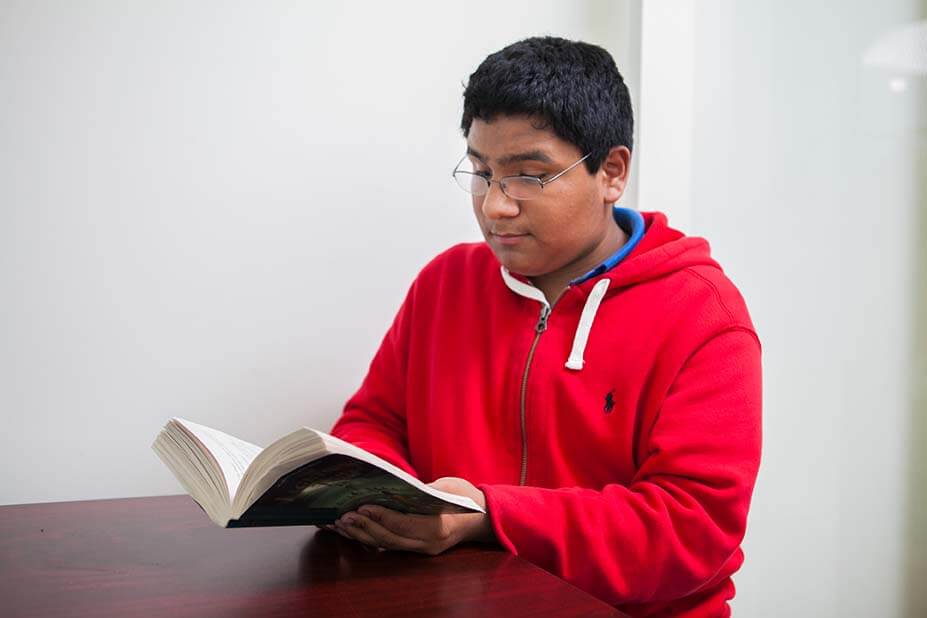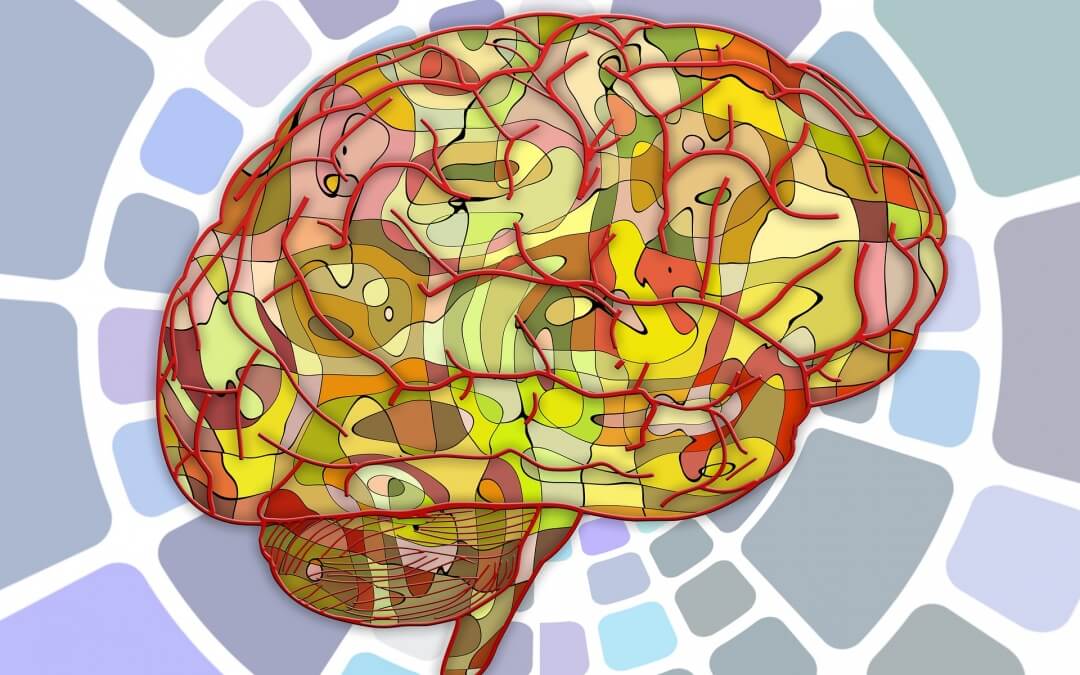Most of us don’t think twice about the fact that we can read.
In fact, reading is a highly complex process that involves an intricate series of neural responses inside the brain. Understanding exactly what happens in the brain when we read can help us better understand how to help people who have issues with language.
Scientists are still struggling to understand why humans are able to read and write, despite the fact that we have only been doing it for the last five millennia—far too brief a period for any major evolutionary developments to occur. It is now widely believed that our ability to read and understand written symbols is an accidental offshoot of traits that evolved for different reasons, such as the ability to speak.

When you read letters on a page, the left occipito-temporal cortex of your brain immediately links each written word to its spoken equivalent. One part of your brain analyzes the word’s meaning, while another part makes it possible to automatically recognize words. The stronger these two brain functions are, the faster and more efficiently a person can read. Often, learning to read very early in development causes the reading regions of your brain to be stronger than other parts—people who are reading at a young age may have more trouble than other people in recognizing faces, for example.
Common language issues such as dyslexia happen when the brain develops in a different way, making it difficult for the reading functions of the left occipito-temporal cortex to coordinate and process words. In order to compensate for this deficiency, many people with learning differences come to depend more on other parts of the brain. This means that they may be more visually oriented, and may learn better from pictures, reading aloud, or listening than from silent reading.


Recent Comments